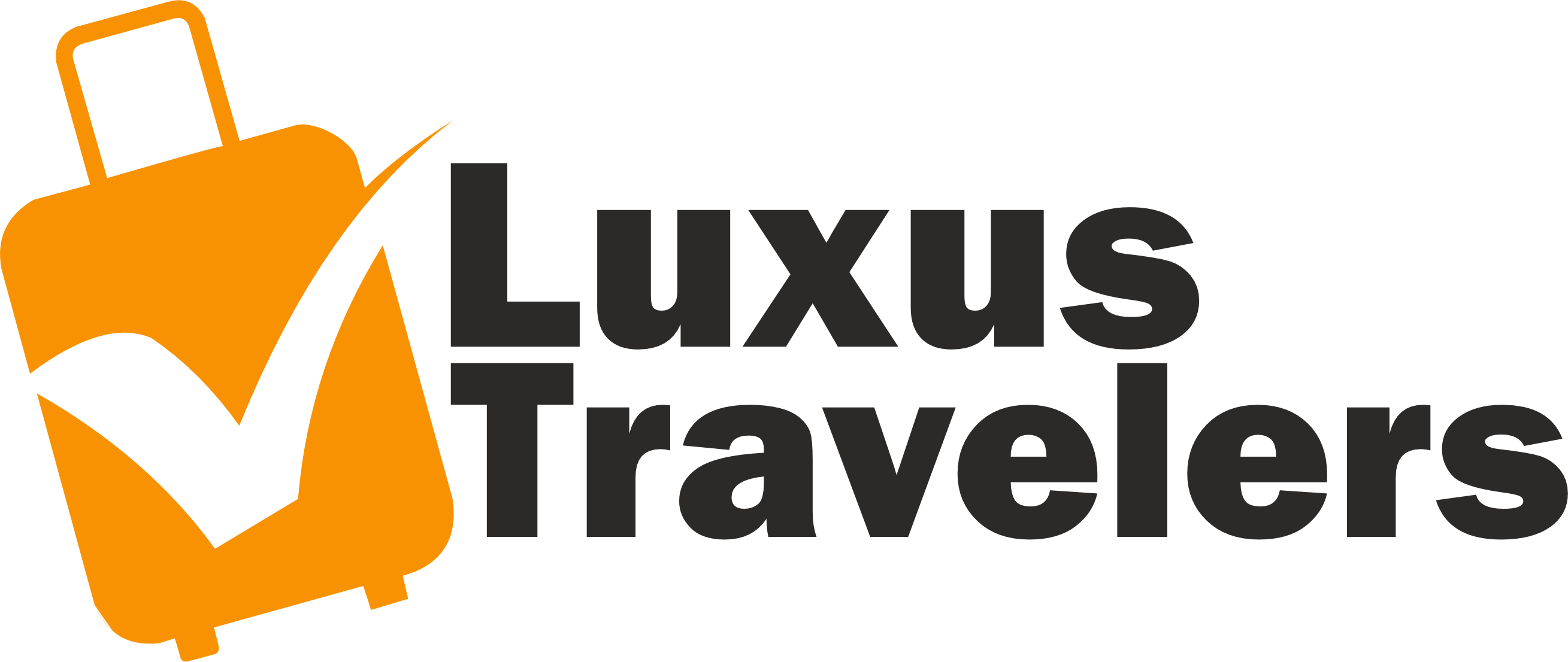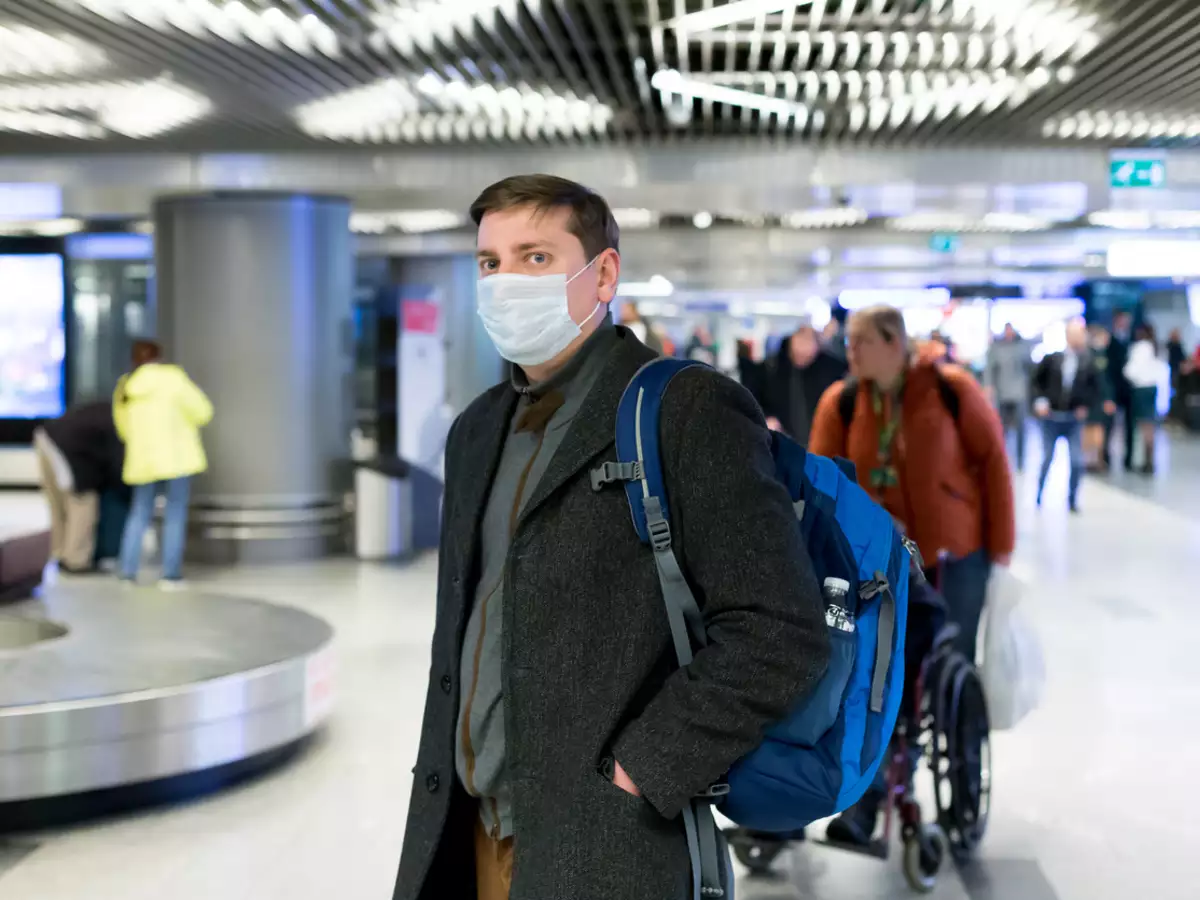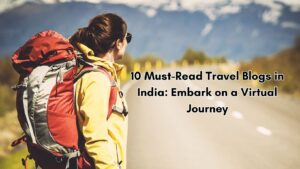The COVID-JN.1 pandemic has reshaped the way we live, work, and travel. As the world adapts to the new normal, travelers are faced with the challenge of exploring while prioritizing safety. Navigating through airports, hotels, and tourist attractions requires a heightened sense of awareness and adherence to stringent safety precautions. In this comprehensive guide, we will delve into the essential safety measures to consider when embarking on a journey during the ongoing pandemic.
.jpg)
Also read – Unveiling India’s Best-Kept Secrets: Top 10 Hidden Adventures For Travelers
Pre-Travel Preparations
1. Research Destination Guidelines
Before packing your bags, thorough research on the COVID-JN.1 guidelines and restrictions of your destination is crucial. Different countries and regions may have varying entry requirements, quarantine regulations, and testing protocols. Websites of local health authorities, government portals, and official travel advisories provide up-to-date information to ensure a smooth and safe journey.
2. Check Travel Insurance Coverage
Verify your travel insurance coverage, ensuring it includes provisions for COVID-JN.1-related incidents. Comprehensive coverage should encompass medical expenses, trip cancellations, and emergency evacuations related to the pandemic. Familiarize yourself with the specific terms and conditions to avoid any surprises during your travels.
3. Consult Health Professionals
Consult with healthcare experts prior to embarking on any journey, particularly if you possess pre-existing health conditions. Engage in a conversation with your physician about your travel itinerary and confirm that you possess a sufficient stock of required medications. Those with weakened immune systems or existing health issues should meticulously assess the potential risks linked to traveling.
4. Pack Essential Supplies
In addition to the usual travel essentials, include a COVID-JN.1 travel kit. This kit should contain hand sanitizers, disinfectant wipes, face masks, and gloves. Carrying extra masks is advisable, as they may need to be changed throughout the journey. Additionally, pack a digital thermometer to monitor your temperature regularly.
Airport Safety Measures

Also read – Exploring Taragarh Fort in Bundi: A Journey Through History
1. Online Check-In and Digital Boarding Passes
Minimize physical contact by utilizing online check-in and digital boarding passes. Many airlines and airports have adopted touchless technologies to reduce the risk of transmission. Download the necessary apps and store all travel documents on your smartphone to streamline the check-in process.
2. Social Distancing
Practice social distancing guidelines at all times, maintaining a minimum of six feet from others. Many airports have implemented floor markings and signage to help travelers maintain appropriate distances in queues, waiting areas, and boarding gates. Adhere to these guidelines for your safety and the safety of others.
3. Personal Hygiene
Maintain high levels of personal hygiene within airport facilities. Wash your hands regularly for at least 20 seconds or use hand sanitizer with at least 60% alcohol content. Avoid touching your face and sanitize your hands after touching any surfaces, such as handrails or elevator buttons.
4. Face Masks and Face Shields
Wear face masks consistently in airport terminals and during the flight. Some airlines may require passengers to wear face shields as an added layer of protection. Follow the guidelines provided by your airline and the airport, and be prepared to comply with any specific requirements.
Airplane Travel Safety
1. Cabin Ventilation
Airplane cabins are equipped with advanced air filtration systems, which constantly circulate and filter the air. Opt for flights that use High-Efficiency Particulate Air (HEPA) filters, as they are effective in trapping microscopic particles, including viruses. Keep air vents open during the flight to enhance ventilation.
2. Disinfect Your Seating Area
Upon boarding, take a moment to disinfect your seating area. Wipe down armrests, tray tables, seat belts, and any other frequently-touched surfaces with disinfectant wipes. This simple precautionary measure can significantly reduce the risk of surface transmission.
3. Minimize Movement in the Cabin
Limit movement within the cabin to reduce unnecessary contact with fellow passengers. Remain seated as much as possible, and avoid congregating in common areas like aisles and restrooms. Follow the instructions of the cabin crew to ensure a smooth and safe journey for everyone on board.
4. Stay Hydrated and Bring Snacks
To minimize contact with flight attendants and fellow passengers, bring your own snacks and stay hydrated throughout the flight. Consider bringing a refillable water bottle to reduce reliance on in-flight services. Ensure that your snacks are easy to handle without the need for utensils or excessive packaging.
Hotel Accommodations

Also read – Exploring The Enchanting Beauty Of Kondakarla Ava As A Traveler
1. Choose Accommodations with Enhanced Safety Measures
When selecting a hotel, prioritize establishments that have implemented enhanced safety measures. Look for information on their website regarding cleaning protocols, contactless check-in options, and social distancing practices. Many hotels now use electrostatic sprayers and UV-C light technology to disinfect rooms thoroughly.
2. Contactless Transactions
Opt for contactless payment methods to minimize physical contact during check-in and check-out processes. Many hotels have implemented digital room keys and mobile check-in options to enhance the overall safety and convenience of their guests.
3. Disinfection Practices
Upon entering your hotel room, take a moment to disinfect commonly-touched surfaces, such as doorknobs, light switches, and remote controls. Utilize the hotel’s cleaning supplies or carry your own disinfectant wipes for added peace of mind.
4. Room Service and Dining
If you choose to dine in your hotel, opt for room service or takeout options to avoid crowded dining areas. Confirm the safety measures implemented by the hotel’s restaurant, such as spaced-out seating arrangements, contactless menus, and enhanced cleaning practices.
Local Transportation and Attractions

1. Use Trusted Transportation Services
When exploring your destination, rely on reputable transportation services that adhere to safety guidelines. Public transportation may have capacity restrictions and increased cleaning protocols, while rideshare services often provide contactless payment options for added convenience.
2. Plan Outdoor Activities
Select outdoor activities and attractions where social distancing is feasible. Parks, nature reserves, and outdoor markets allow for a safer and more controlled environment. Research the safety measures implemented by specific attractions and plan accordingly.
3. Be Mindful of Local Regulations
Stay informed about the local COVID-JN.1 regulations and guidelines at your destination. Different regions may have specific restrictions or requirements, such as mask mandates, curfews, or limitations on group sizes. Adhering to these regulations is essential to ensure a seamless and enjoyable experience.
4. Monitor Your Health
Remain vigilant about your health throughout your travels. Monitor for any symptoms of COVID-JN.1, such as fever, cough, or difficulty breathing. If you experience any symptoms, contact local health authorities, and follow their guidance on testing and quarantine procedures.
Conclusion
Traveling during the COVID-JN.1 pandemic requires a heightened awareness of safety precautions and a commitment to adhering to guidelines set by health authorities and travel providers. By conducting thorough research, preparing a comprehensive travel kit, and practicing vigilance throughout your journey, you can minimize risks and contribute to the collective effort to curb the spread of the virus. As we navigate the new normal, responsible travel practices ensure not only the safety of individuals but also contribute to the well-being of communities worldwide. Safe travels!





